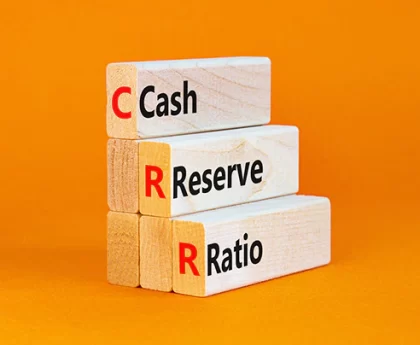The Letter of Credit (LC) becomes a vital tool in the complex web of international trade, where trust and money exchanges are interwoven. It is crucial for individuals navigating the intricacies of trade finance to comprehend the subtle differences between different kinds of LCs. Accompany me on an exploration of the multifaceted world of letters of credit, as we dissect their intricacies and illuminate the various kinds.
Understanding Letters of Credit
At its core, a Letter of Credit is a financial instrument issued by a bank, providing a promise of payment to a seller on behalf of a buyer. It acts as a safeguard, ensuring that the seller will receive payment once certain conditions are met, typically involving the shipment of goods.
Unveiling the Types of Letters of Credit
1. Revocable Letters of Credit
These LCs, though less common today, offer a degree of flexibility. They can be amended or canceled by the issuing bank without prior notice to the beneficiary. While this provides adaptability, it also introduces an element of risk for the seller.
2. Irrevocable Letters of Credit
In contrast, irrevocable LCs provide a higher level of security. Once established, they cannot be modified or canceled without the agreement of all parties involved. This type of LC assures the seller that they will receive payment upon fulfilling the specified terms and conditions.
3. Confirmed Letters of Credit
Adding an extra layer of assurance, confirmed LCs involve a second bank, usually in the exporter’s country. This bank provides a confirmation, guaranteeing payment even if the issuing bank defaults. This additional step enhances the credibility of the LC.
4. Standby Letters of Credit (SBLC)
Stepping into the realm of financial guarantees, SBLCs act as a safety net for the seller. If the buyer fails to fulfill their payment obligations, the SBLC ensures that the seller receives the agreed-upon amount, making it a common choice in real estate and construction transactions.
5. Transferable Letters of Credit
Flexibility takes center stage with transferable LCs. The original beneficiary (first seller) has the option to transfer the credit to another party, often a middleman or subcontractor. This feature streamlines complex transactions involving multiple intermediaries.
6. Back-to-Back Letters of Credit
Efficiency meets complexity in back-to-back LCs. These letters link two separate credits, allowing the seller to use the first LC as collateral to establish a second credit. This structure is particularly useful when a middleman is involved in the transaction.
7. Red Clause Letters of Credit
Introducing a financial advance element, red clause LCs enable partial payments to the seller before the shipment of goods. This financial advance assists the seller in covering production costs, making it a favored choice in specific trade scenarios.
Selecting the Right Letter of Credit: A Personal Perspective
In the dynamic landscape of international trade, selecting the appropriate type of LC is a nuanced decision. Factors such as the nature of the trade, the relationship between the involved parties, and the desired level of security play crucial roles in this decision-making process.
For instance, a revocable LC might be suitable in situations demanding adaptability, while an irrevocable, confirmed LC provides unmatched robustness and security. The choice hinges on the specifics of the trade transaction and the level of trust between the buyer and seller.
A Personal Reflection on the Nuances
In my journey through the intricate world of international trade, I’ve come to realize that the nuances of trade finance are akin to a delicate dance. Each type of Letter of Credit plays a unique role, contributing to the fluidity and reliability of global commerce. Whether it’s the adaptability of a revocable LC or the steadfastness of an irrevocable, confirmed LC, these instruments facilitate the smooth flow of transactions across borders.
As we conclude this exploration, my hope is that you, dear reader, feel a bit more acquainted with the diverse world of Letters of Credit. In the ever-evolving landscape of trade, these financial instruments stand as pillars of reliability, fostering global commerce with each transaction.


